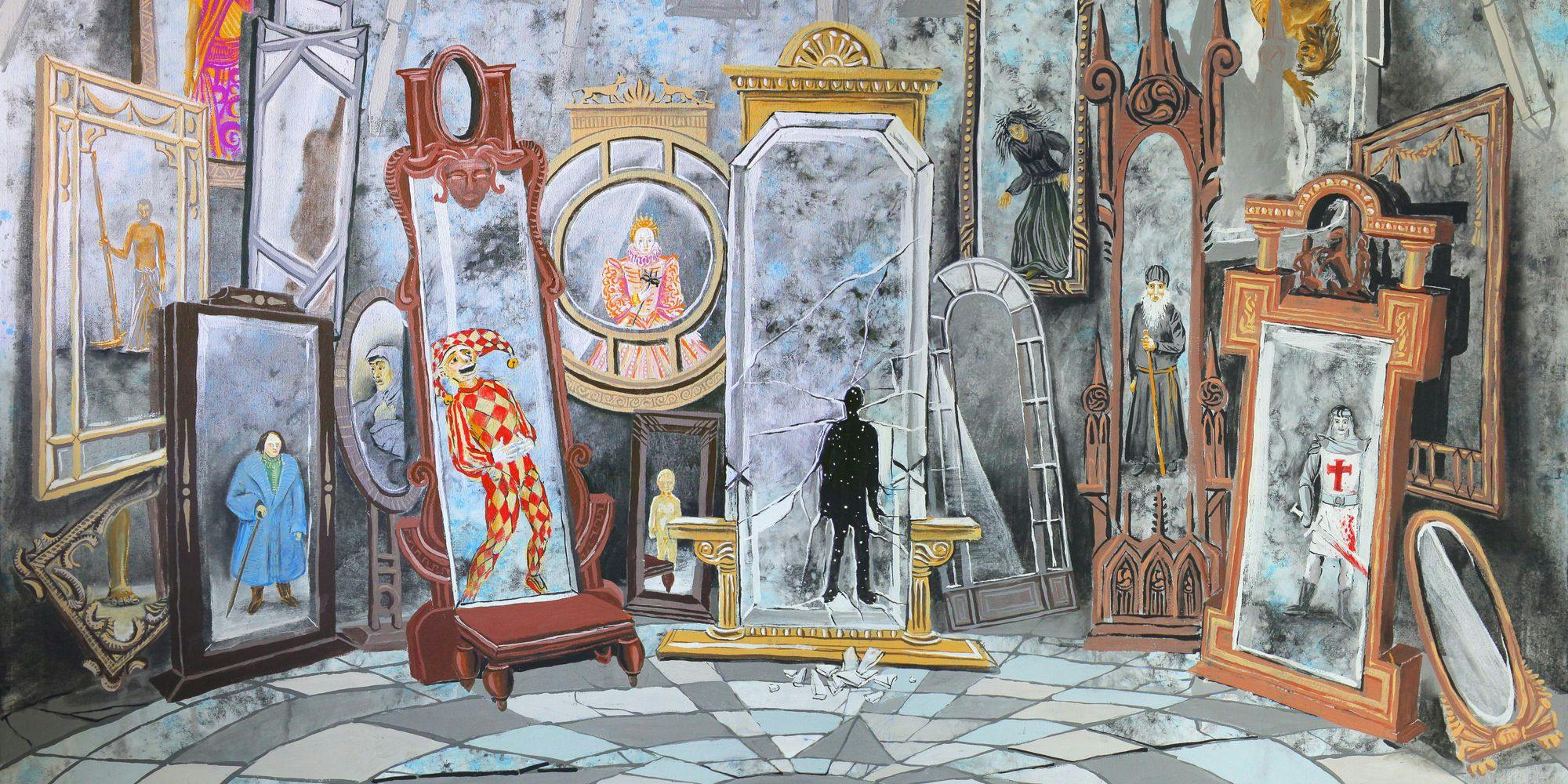Carl Jung's theory of personality (analytical psychology)

Analytical psychology was put forward by the work of psychiatrist Carl Gustav Jung in the early 20th century. Jung's work was heavily influenced by Freudian psychoanalysis, however along with the infantile origins of personality and the importance of early experiences, it also emphasized the significance of the present. Jung sees the individual personality as the product and container of its ancestral history.
Levels of the psyche
Jung's theory of personality is based on the assumption that the mind or the psyche contains both a conscious and an unconscious level, and the unconscious level is further divided into the personal unconscious and collective unconscious.
- Conscious: The ego represents the conscious mind and it comprises the thoughts, memories, and emotions that a person is aware of. The ego is regarded as being at the center of consciousness.
- Personal unconscious: The personal unconscious embraces all repressed, suppressed, ignored, forgotten, or subliminally-perceived experiences of the individual. The personal unconscious is formed by individual experiences and thus is unique for each person.
- Collective unconscious: The collective unconscious has its roots in the ancestral past of the entire species and it is the storehouse of latent memory traces. The contents of the collective unconscious are inherited. It is responsible for people's many myths, legends, and religious beliefs.
e.g. Humans are predisposed to be afraid of the dark because primitive humans encountered many dangers in the dark.
Archetypes
Archetypes represent universal patterns and images that are derived from the contents of the collective unconscious. There are many archetypes, the most notable of them are as follows:
- Persona: The person is the public personality and it represents the sophisticated version of personality. It includes all the different social masks that we wear among various groups and situations. The purpose of the mask is to conceal the real nature of the person hence we should not confuse our public face with our complete self.
- Anima and animus: Jung believed that all humans are psychologically bisexual and possesses both a masculine and a feminine side. The feminine archetype in men is called the anima and the masculine archetype in women is called the animus (Jung,1945). According to Jung, the animus is responsible for thinking and opinion in women and the anima produces feelings and moods in men.
- Shadow: The shadow represents the dark or the savage aspect of personality and is the raw self. It includes those qualities which we do not want to acknowledge and try to hide from ourselves and others. It is the archetype of darkness and repression. It consists of morally objectionable tendencies such as envy, greed, prejudice, hate, and aggression.
- Self: According to Jung each person possesses an innate tendency to move towards growth, perfection, and completion. This in a disposition is referred to as the self. It is the archetype of archetypes because it pulls together all the other archetypes and unites them in the process of self realization.
Psychological Types
The attitudes
Jung identified two major attitudes- introversion and extraversion.
The extraverted attitude orientates the person to the external, objective world while the introverted attitude orients the person towards the inner, subjective world. The attitudes follow societal stereotypes, with extroverts being outgoing and confident and the introverts being hesitant and reflexive. Both the opposing attitudes are present in the personality, however one of them is usually dominant and conscious while the other is subordinate and unconscious.
The functions
There are four types of psychological functions:
- Thinking: Logical intellectual activity that produces a chain of ideas is called thinking. It is used to comprehend the world and oneself.
- Feeling: Feeling is the process of evaluating an idea or event. It enables subjective experiences of pleasure, pain, anger, fear, sorrow, and joy.
- Sensing: Sensing is the individual's perception of sensory impulses. It is the perceptual or reality function.
- Intuition: Intuition is perception by way of unconscious processes and subliminal contains. Intuition involves perception beyond the workings of the unconscious.
Stages of Development
Jung believed that personality develops through a series of stages. The four general periods of life are:
1. Childhood: The child's life is determined by instinctual activities necessary for survival.
Jung divided childhood into three substages-
- The anarchic phasee which is characterized by chaotic and sporadic consciousness
- The monarchic phase which is characterized by the development of the ego and by the inception of logical and verbal thinking
- The dualistic phase were the ego is divided into subjective and objective
2. Young adulthood: The period from puberty until middle life is called youth. It is a period of increased activity, maturing sexuality, growing consciousness, and recognition that the problem free era of childhood is gone forever. Puberty serves as the "psychic birth" for the personality.
3. Middle age: The middle life begins approximately at the age of 35 or 40. This is a time for a middle life crisis. People need to find a purpose for their lives and the reason for their existence. Although it is a time for increased anxieties, it is also a period of tremendous potential.
4. Old age: This is the period of complete dependence on others. Fear of death is a characteristic feature of this stage.
Self Realization
The sequential progression of life is directed towards individuation or self realization. It is the process of becoming an individual or whole person. Self realization is extremely rare and is achieved only by people who are able to assimilate their unconsciousness into their total personality.
Critique of Jung
In spite of the many contributions, the theory is criticized due to its unscientific nature. The theory can neither be verified or falsified. Also much of the evidence for the concepts of archetypes and the collective unconscious come from Jung's own inner experiences. Acceptance of these concepts rests more on faith and empirical evidence. It is one of the most complex theories of personality.

Hey there, curious minds! I'm Sayani Banerjee, and I'm thrilled to be your companion on the fascinating journey through the realm of psychology. As a dedicated student pursuing my master's in Clinical Psychology at Calcutta University, I'm constantly driven by the desire to unravel the mysteries of the human mind and share my insights with you. My passion for teaching and my love for research come together on my blog, psychologymadeeasy.in, where we explore the world of psychology in the simplest and most engaging way possible.

